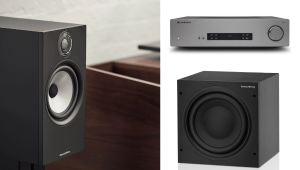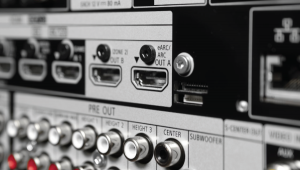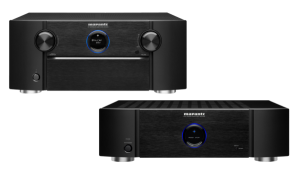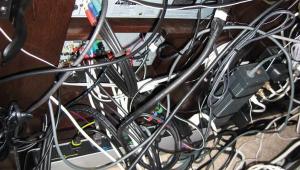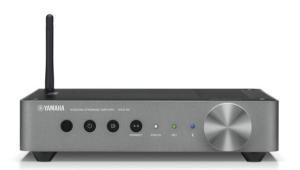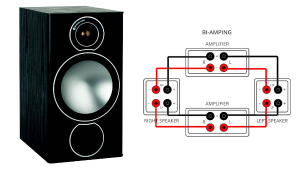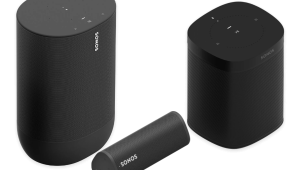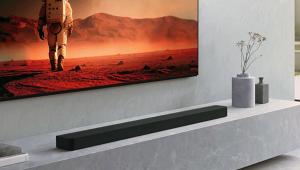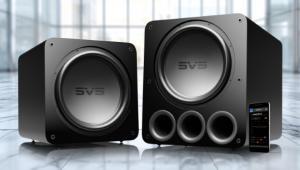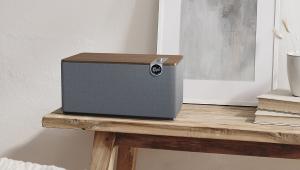Single Driver vs. Multiple Drivers: Which Is Better?
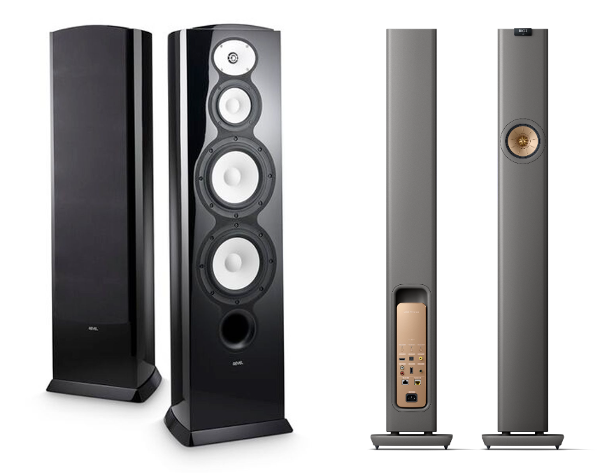
Q I’m still using my first system that I bought in the late 1960s. Time for an upgrade! I’m thinking of buying a new pair of speakers in the $3K-$4K range. I’ve seen speakers with four drivers and speakers that use only one driver. Even speakers priced in the five-digit range will sometimes have only one driver in a tall tower. Can you explain the advantages of one design over the other? What I basically want to know is if it’s possible for a tower speaker with a single driver to sound better than one with three or more drivers? —Michael Oleson, Fort Worth, TX
A It depends on who you ask. Some audiophiles like single-driver designs because they eliminate the need for the crossover that’s used to filter the audio frequency range in multi-driver speakers. Crossovers, the audiophile argument goes, create phase shifts and dynamic compression as they divide up the audio frequency range and route signals to the woofer, midrange, and tweeter, respectively. A single driver design, they say, can deliver greater dynamics and a level of “immediacy” that brings the listener closer to the experience of hearing live music, and since it’s a single point source, there are no time alignment issues created by the offset of multiple drivers.
Downsides often cited for single-driver speakers include rolled-off bass and treble, plus a “beamy” quality due to poor dispersion at higher frequencies. Also, by making a single driver handle the bass, mids, and highs, you’re asking a lot from it, and the competing needs of those frequency ranges can result in compromises and distortion.
One speaker type that some might mistakenly consider to be a single-driver design are models that use a coaxial driver array (right in photo). In this case, the tweeter is mounted directly in the center of a woofer or midrange driver, allowing the speaker to deliver the same “time-coherent” advantages of a single-driver design. KEF is perhaps best known for speakers that adhere to this principle with its Uni-Q models, though there are others.
The big benefit to multi-way speakers — coaxial or otherwise — that use a tweeter and one or more drivers to handle the midrange and bass, is that each individual driver can be optimized for a specific frequency range. This allows for better power handling, and the speaker can also be engineered for smooth off-axis frequency response — an important factor since, along with on-axis sound, a good amount of what you’re hearing when listening to speakers is sound reflected off surfaces in the room.
Click here for more expert advice on all things audio and video.


